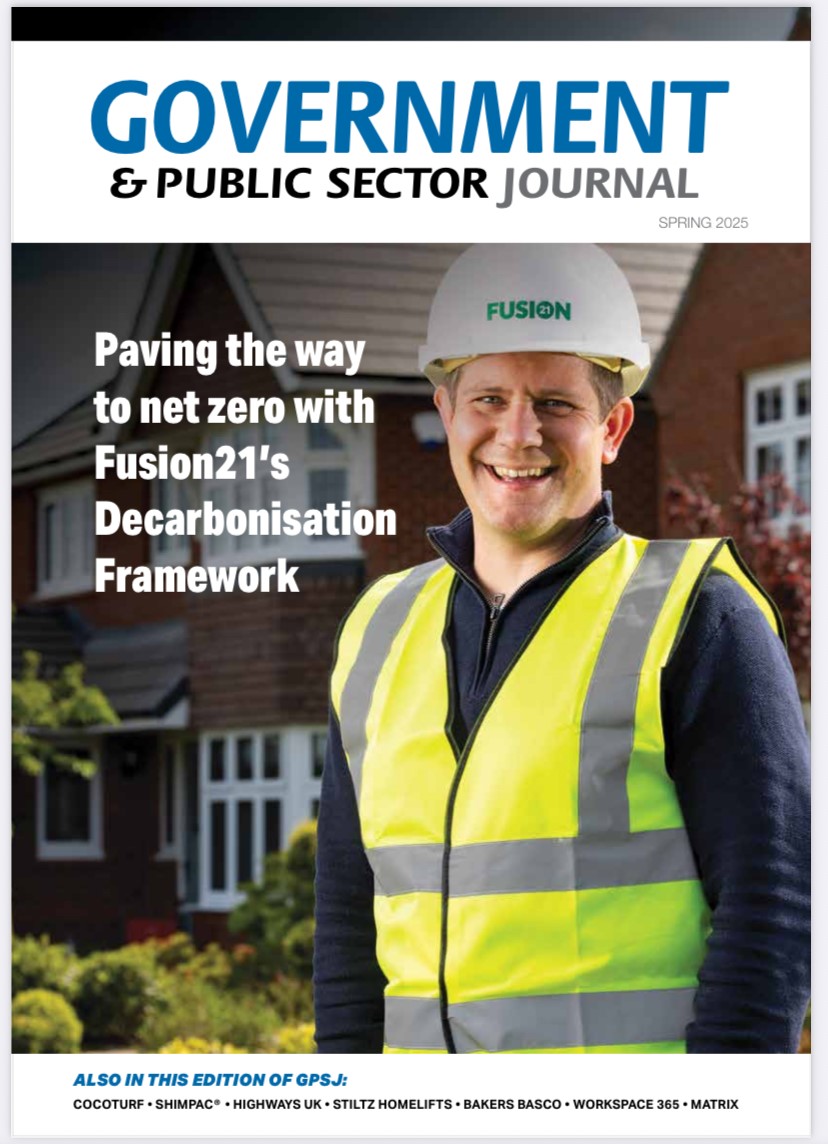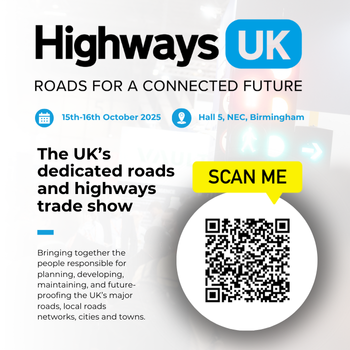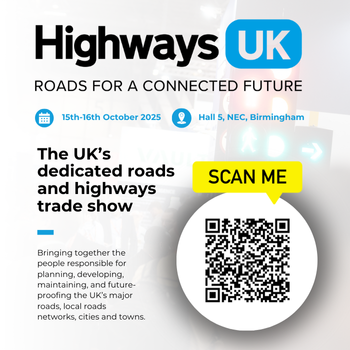Hospitals in the UK produce an estimated 206 million reports each year, with general practitioners adding another 184 million. Currently, transcription of medical dictation consumes half a billion pounds of the NHS budget each year. Add to that the increasing healthcare requirements of an aging society and it becomes obvious that healthcare providers must act, in order to ensure high quality care while keeping costs down.
This is where speech recognition fits neatly into the UK health policy framework from both efficiency and data protection perspectives. Speech-activated solutions help reduce the costs associated with managing ever-increasing volumes of documentation.
Speech recognition software in the NHS
Using speech recognition software increases workflow efficiency and considerably reduces document turnaround times. This in turn makes it easier for Trusts to meet the requirements of the government’s various health policy initiatives. One such policy is the 18-week referral to treatment pathway, which sets a maximum time of 18 weeks from the point of initial referral, up to the start of any treatment necessary, in consultant-led care settings. Indeed, the average wait for treatment on the NHS has come down to 8.6 weeks in recent years. Heart patient waiting times, for example, have decreased from 14 to 7 weeks, between March 2007 and January 2009. But there are still many institutions that struggle to meet the targets and need to take measures to improve efficiency.
Meeting targets is not only a question of increasing the availability of medical practitioners. The ability to streamline communications, on a larger scale to maximise overall efficiency becomes a crucial factor. Vital additions to the armament necessary to tackle the future of NHS efficiency are speech recognition, transcription and distribution based workflow solutions. Their highly efficient processes can reduce document turnaround times to less than a day if needed, or even just a few minutes, which goes a long way in helping NHS Trusts to achieve the 18 week goal and other targets, relating to the care of cancer patients or the distribution of discharge summaries. The latter is particularly ambitious: from April 2009, discharge summaries have to be delivered within 48 hours to the referring physician. In March 2010, this requirement will decrease to 24 hours.
Future NHS targets will not only require highly streamlined processes, but also a consistent use of digital communication networks by medical institutions and Trusts. Indeed, digitalisation of the UK healthcare system is the second NHS policy initiative that can be achieved through the introduction of speech recognition. Within its National Program for IT, the NHS aims to establish regional Electronic Medical Record (EMR) solutions enabling hospitals and GPs to easily share patient data. The aim is to improve the quality and speed of patient care. Speech-activated systems offer a highly efficient way to store reports or letters that have been signed off by the physician directly in the EMR, thus making them readily available for access by cooperating institutions or referring GPs.
Reaping the benefits
Speech-enabled healthcare organisations, such as the Royal Free Hospital in London confirm the massive efficiency gains brought by speech-activated solutions: According to Simone Towie, Head of Radiology at the Royal Free Hospital, London speech recognition allows the department to ensure delivery of reports to referrers, in some instances within minutes of the completion of an exam.
Melanie Hiorns, consultant radiologist and chair of radiology at Great Ormond Street Hospital for Children, London, saw a significant improvement in quality, a reduction in turnaround time and an increase in patient safety as a consequence of implementing speech recognition. In plain film radiography, before speech recognition, 40 percent of the reports were available within 24 hours. The addition of speech recognition raised this number to 65 percent almost instantly. While the transition to speech recognition can be tough at the beginning, the rewards are enormous.
HCA International, central London’s premier healthcare facility, has reduced average report creation times from 24 hours to two minutes and 40 seconds. Kaye Bonython, Imaging Informatics Programme Manager found it even more surprising, as they had to deal with concerns. People had negative past experience with speech recognition and they thought it would result in too much time added to their reporting schedule. But the initial negative thoughts simply vanished once they saw that the technology had progressed to a state where it could really improve the timing.
Conclusion
Speech-activated clinical documentation solutions can help medical institutions to meet waiting time and document processing goals. Speech recognition technology is also highly suitable for use in a digital healthcare environment, since the distribution of final documents into various electronic medical record solutions can be easily automated. This can lead to significant cost savings and improved patient care, due to the reduced risk of errors associated with streamlined and standardised digital processes.
www.dictate.it
mark.miller@dictate.it








Recent Comments